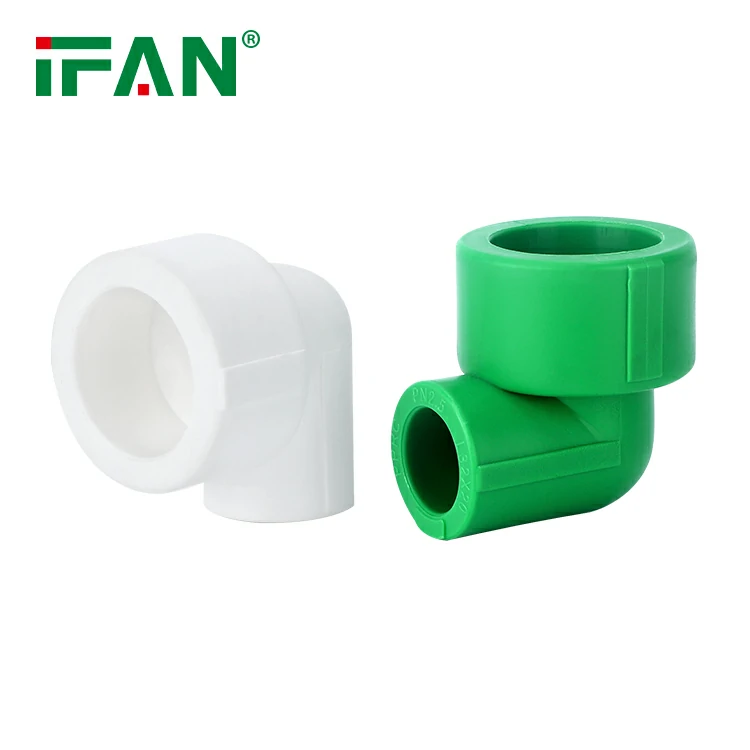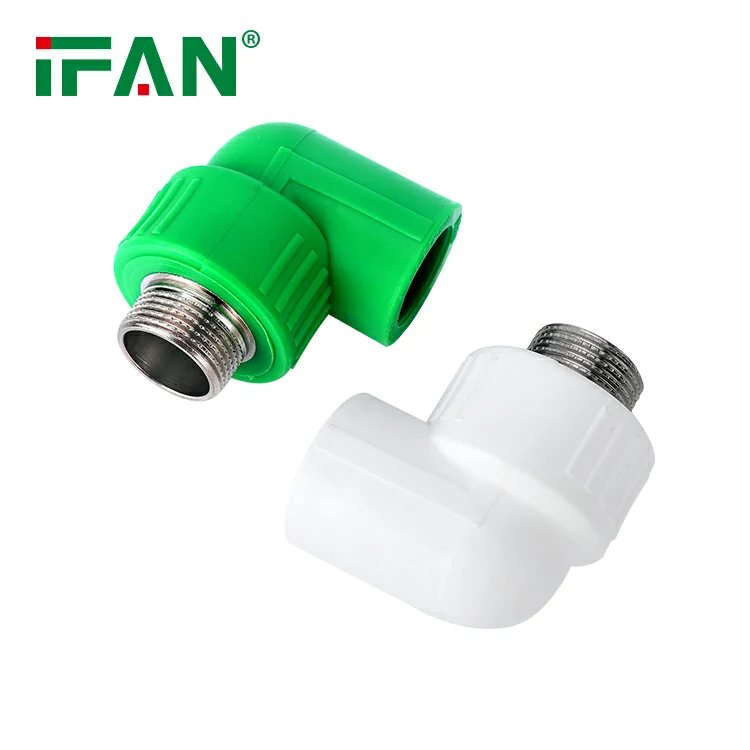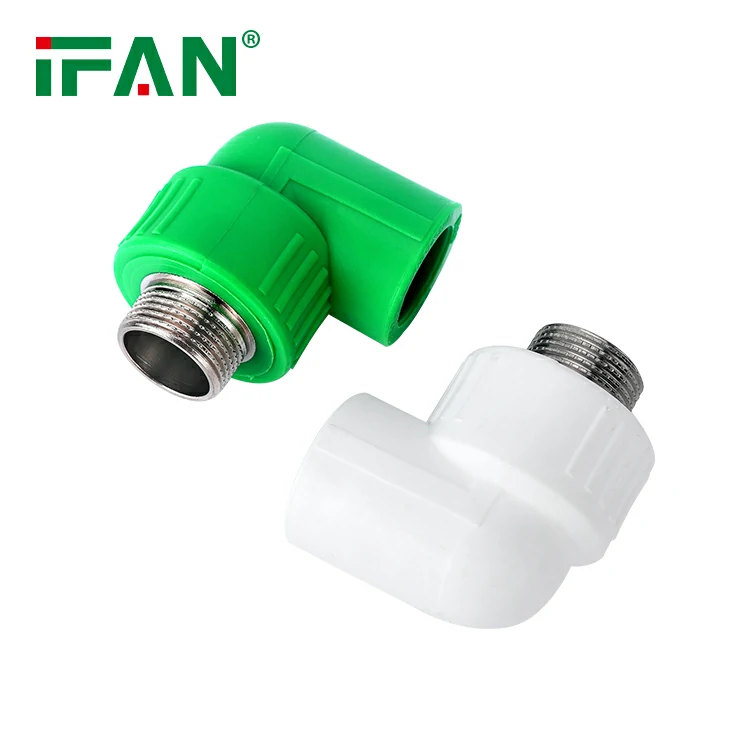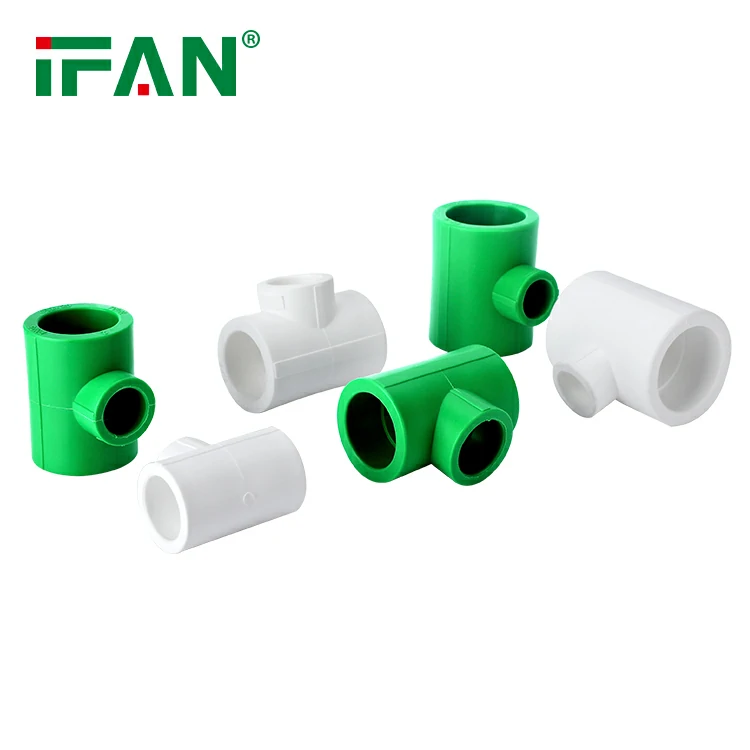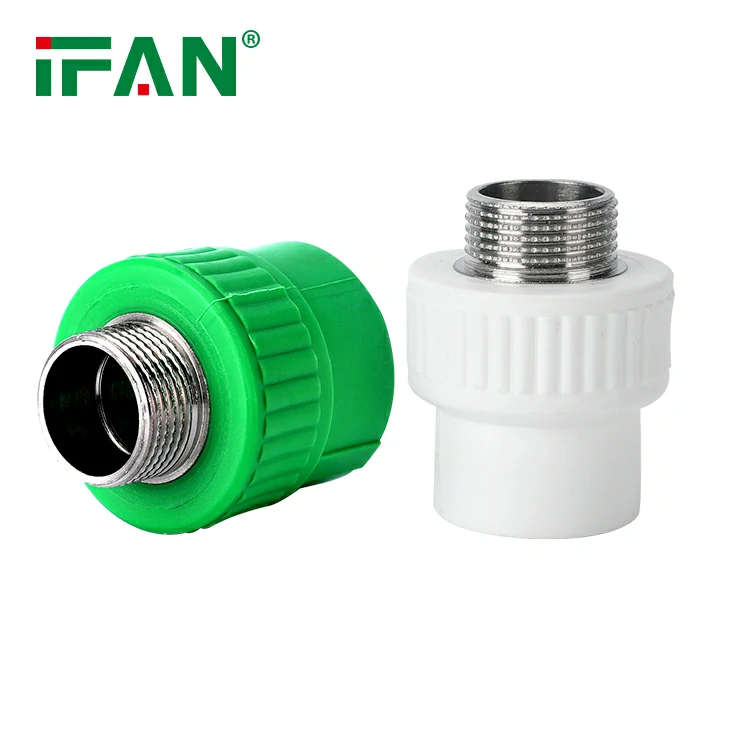IFAN factory 30+ years manufacture experience support color /size customization support free sample.Welcome to consult for catalog and free samples.This is our Facebook Website:www.facebook.com,Click to watch IFAN’s product video.Compared with Tomex products, our IFAN products from quality to price are your best choice, welcome to buy!
Overview of PEX Press Fittings Code Requirements
PEX press fittings are an essential component in modern plumbing systems, offering a reliable and efficient way to connect PEX pipes. To ensure safety and compliance, several code requirements must be adhered to when installing these fittings. These codes are designed to maintain the integrity of the plumbing system and protect both property and health.
Material and Certification Standards
The first crucial aspect of code requirements for PEX press fittings is the material and certification standards. PEX press fittings must be made from materials that meet specific industry standards, such as those set by ASTM (American Society for Testing and Materials) or ANSI (American National Standards Institute). Typically, fittings are constructed from brass or stainless steel, which must be certified for use with PEX piping systems. Certification ensures that the fittings have been tested for durability, pressure resistance, and compatibility with PEX pipes. Compliance with these standards is mandatory to ensure the fittings perform reliably under expected conditions.
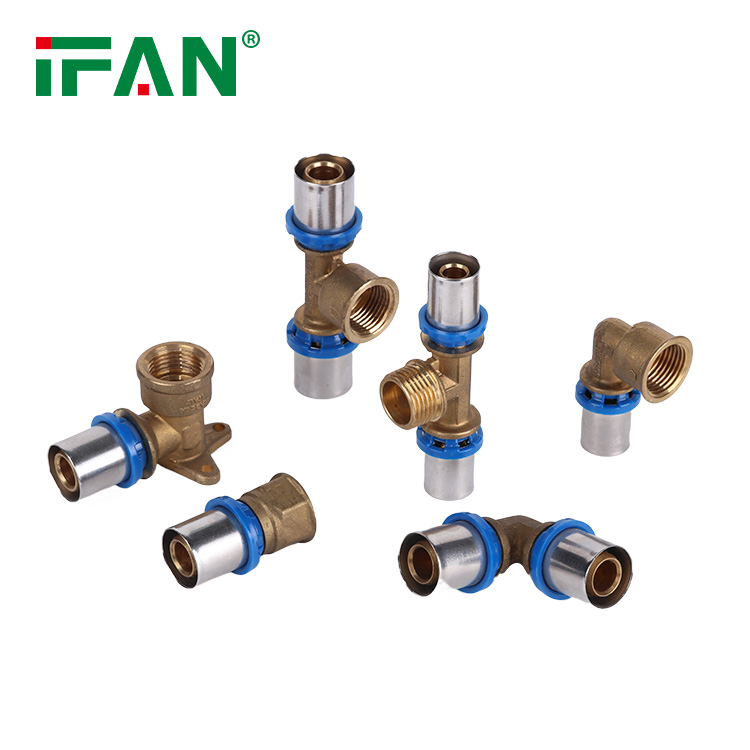
Installation Techniques and Tools
Proper installation techniques and tools are critical for meeting code requirements when using PEX press fittings. Installation must be performed using a specialized press tool, which applies a precise amount of force to compress the fitting onto the pipe. This tool must be calibrated and maintained to ensure accurate crimping and avoid leaks. The code often specifies the exact procedures for preparing and installing fittings, including the proper pipe cut and fitting alignment. Any deviation from these procedures can result in improper connections, leading to potential system failures or leaks.
Pressure and Temperature Ratings
Another important code requirement involves the pressure and temperature ratings of PEX press fittings. These fittings must be capable of withstanding the maximum pressure and temperature expected in the plumbing system. Code requirements typically dictate that the fittings should meet or exceed the pressure and temperature ratings specified for the PEX pipe being used. This ensures that the fittings do not fail under normal operating conditions. It is essential to check these ratings and ensure they match the system’s specifications to prevent any potential issues.
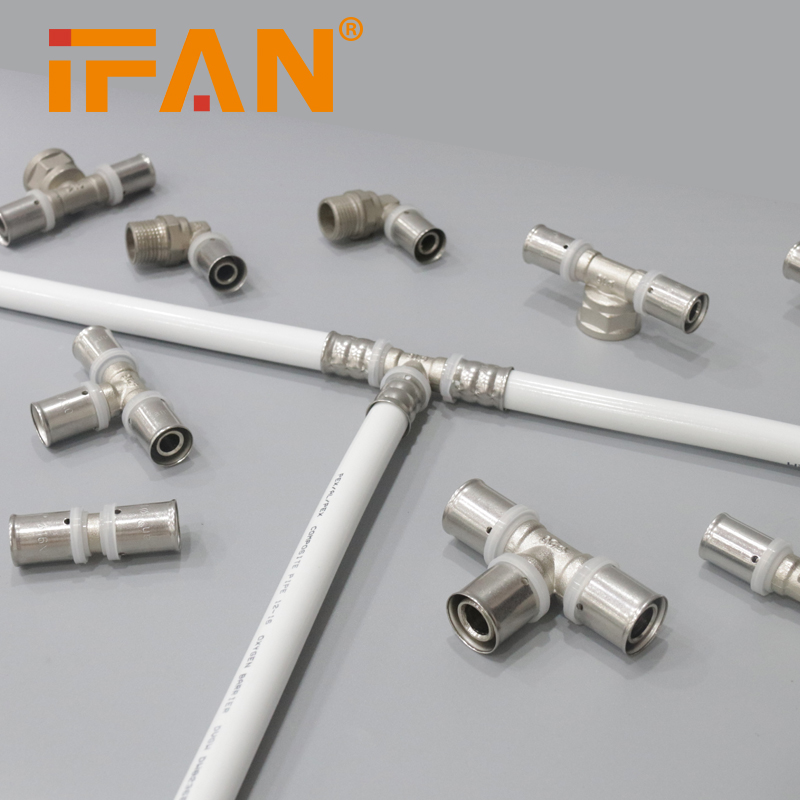
Testing and Inspection Procedures
Testing and inspection procedures are integral to ensuring that PEX press fittings meet code requirements. After installation, the entire plumbing system, including the press fittings, must be tested for leaks and pressure integrity. Codes often require that systems be pressurized and monitored for a specified duration to ensure there are no leaks. Additionally, inspections by certified professionals may be mandated to verify that the installation complies with all relevant standards and codes. These procedures help in identifying and rectifying any issues before the system is put into operation.
Documentation and Compliance Verification
Documentation and compliance verification are essential components of meeting code requirements for PEX press fittings. Installers must maintain detailed records of the materials used, including their certifications, as well as the installation procedures followed. Compliance with local building codes and regulations is crucial, and documentation serves as proof that the installation adheres to these requirements. This documentation may be required for inspections or future maintenance, making it an important part of the overall compliance process.
In summary, adhering to code requirements for PEX press fittings involves ensuring material and certification standards, using proper installation techniques and tools, meeting pressure and temperature ratings, conducting thorough testing and inspections, and maintaining accurate documentation. Following these requirements helps guarantee a safe, reliable, and compliant plumbing system.

